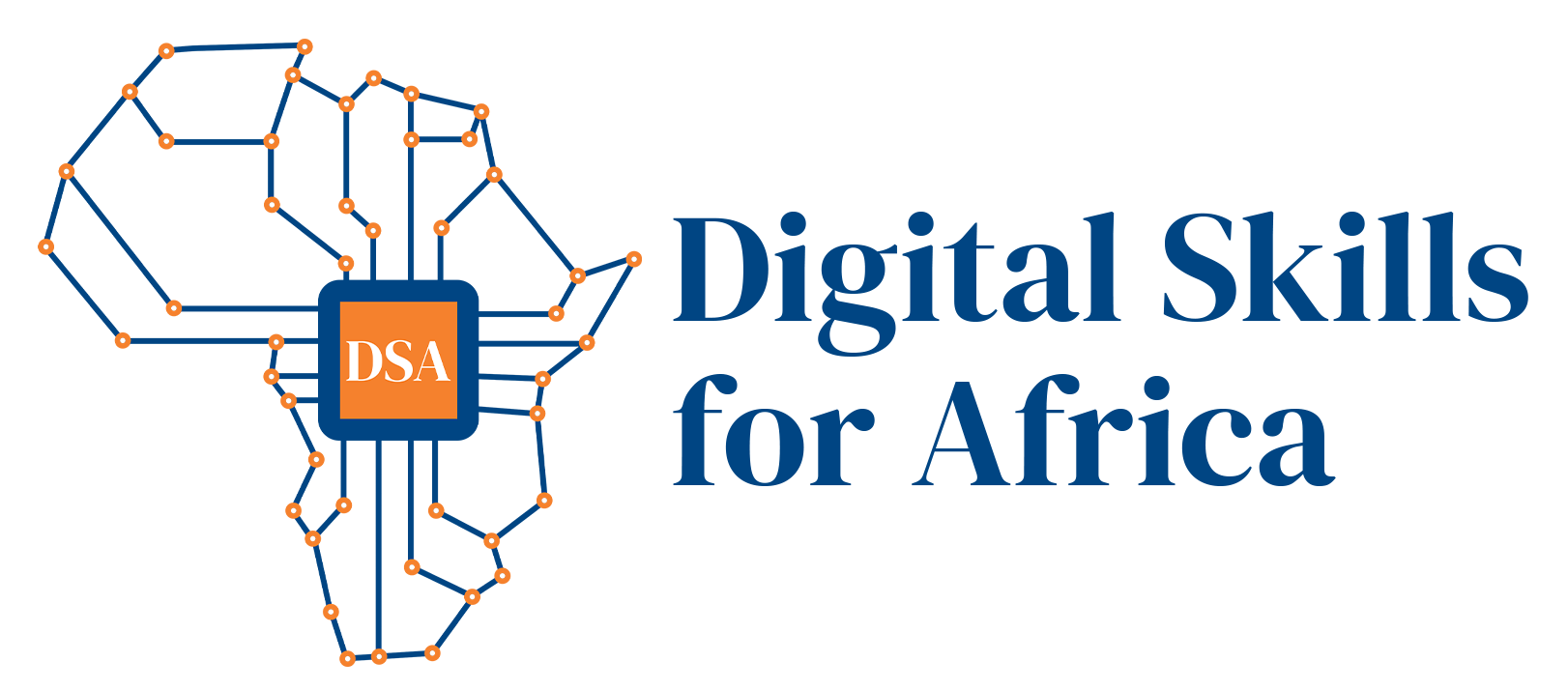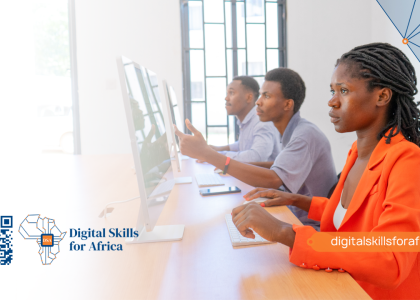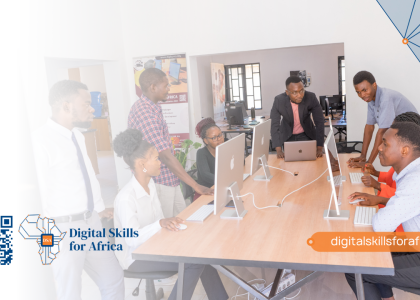Overview
The “Digital Skills for Economics” course aims to provide learners with the critical digital tools and skills required to thrive in the modern economic landscape. This course integrates both foundational economic principles and essential digital technologies that are increasingly relevant in analyzing and managing economic data. It covers topics such as data analytics, visualization, online economic tools, and emerging digital economies. The course is structured into 6 modules, blending theory with practical applications.
Course Objectives:
- To introduce key digital tools and platforms used in economic analysis.
- To equip learners with the skills to collect, clean, and analyze economic data using digital methods.
- To enhance students’ ability to communicate economic insights using digital visualization tools.
- To explore the impact of digital technologies on economic systems and markets.
- To prepare learners for a digitally-driven economic environment through practical, hands-on learning experiences.
Target Audience:
This course is designed for economics students, professionals, and individuals working in related fields who wish to enhance their digital proficiency for economic analysis, data handling, and decision-making.
Module Breakdown:
Module 1: Introduction to Digital Tools for Economists
- Learning Objectives:
- Understand the role of digital tools in modern economics.
- Familiarize with software such as Excel, Google Sheets, and economic databases.
- Topics Covered:
- Digital literacy and economics.
- Introduction to economic databases like the World Bank and IMF data platforms.
- Basic data entry, formulas, and functions in Excel.
- Practical Component: Hands-on practice with real-world data (GDP, inflation rates) using Excel for basic analysis.
Module 2: Data Analytics for Economics
- Learning Objectives:
- Learn to collect, clean, and analyze economic data using digital methods.
- Explore advanced data analysis tools.
- Topics Covered:
- Introduction to Python and R for data analysis.
- Data cleaning techniques for economic datasets.
- Statistical analysis using Python libraries (Pandas, NumPy).
- Practical Component: Analyzing trends in economic indicators like unemployment and inflation rates using Python.
Module 3: Data Visualization Techniques
- Learning Objectives:
- Understand the importance of data visualization in economics.
- Master digital visualization tools to present complex data.
- Topics Covered:
- Visualization tools: Tableau, Google Data Studio, and Excel.
- Best practices for creating economic charts, graphs, and dashboards.
- Infographics for presenting economic trends.
- Practical Component: Creating an interactive economic dashboard in Tableau using national economic data.
Module 4: Digital Economies and E-Commerce
- Learning Objectives:
- Examine the impact of digital transformation on global economies.
- Explore how e-commerce and digital currencies affect economic structures.
- Topics Covered:
- The rise of digital economies: Cryptocurrencies, blockchain technology, and digital marketplaces.
- E-commerce: Economic impact and market trends.
- Case studies of digital economic transformation in developed and developing countries.
- Practical Component: Analyze the economic impact of cryptocurrencies and the rise of digital markets on traditional economies.
Module 5: Online Economic Tools and Resources
- Learning Objectives:
- Explore various online economic tools for research and analysis.
- Leverage online resources for conducting economic research.
- Topics Covered:
- Using Google Scholar, JSTOR, and other online academic resources.
- Online forecasting tools and economic simulators.
- Accessing and using global economic databases for real-time economic insights.
- Practical Component: Conducting a mini-research project using online databases to track economic development trends in selected countries.
Module 6: Policy Making in the Digital Age
- Learning Objectives:
- Understand how digital tools influence economic policymaking.
- Explore simulations and models used in policy decisions.
- Topics Covered:
- Digital simulations for policy decision-making.
- Tools for assessing policy impacts: scenario analysis and modeling.
- Case studies on how digital tools shape modern economic policies.
- Practical Component: Using a policy simulator to model the impact of different fiscal policies on economic outcomes.
Course Requirements:
- Basic understanding of economic principles.
- Access to a laptop/computer with internet connectivity.
- Willingness to learn new software and digital tools.
Evaluation Criteria:
- Assignments (30%): Practical tasks involving economic data analysis and visualization using tools like Python, Tableau, and Excel.
- Midterm Project (20%): A data-driven project using real-world economic datasets to analyze trends and visualize findings.
- Final Project (40%): An in-depth analysis of a digital economy or policy using a combination of digital tools, data analytics, and visualization techniques.
- Participation (10%): Engagement in discussions, peer feedback, and contribution to collaborative projects.
Additional Resources:
- Books:
- “Python for Data Analysis” by Wes McKinney.
- “Data Visualization: A Practical Introduction” by Kieran Healy.
- Online Resources:
- Coursera: “Data Analysis in Economics” specialization.
- World Bank Data: https://data.worldbank.org/
- IMF Data: https://www.imf.org/en/Data
- Software:
- Tableau (Free for students), Excel, Python, R.
Conclusion:
This course provides a comprehensive understanding of how digital tools and techniques are used in the field of economics. By the end of the program, learners will have practical skills in data analysis, visualization, and the use of digital tools that are crucial for navigating the evolving economic landscape.





